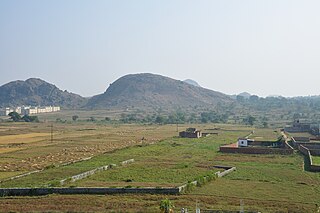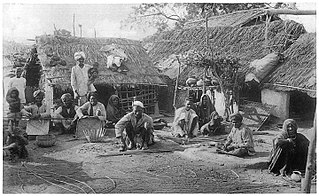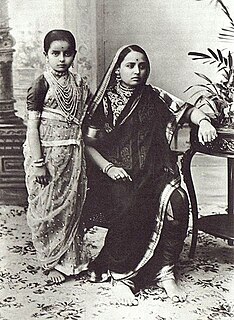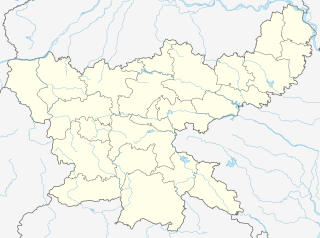
Gumla is a city which is the headquarters of Gumla district in the state of Jharkhand, India.

Yingkiong is the administrative headquarter of the Upper Siang district in the state of Arunachal Pradesh in India. A small town that lies 1 km east of Siang river in Upper Siang, Arunachal Pradesh. It is situated at an elevation of 200 meters (700 ft) above sea level,to its west flows the Siang river or. The town has a population of 8573 persons as of.

Dima Hasao (Pron: ˈdɪmə həˈsaʊ) district — earlier called North Cachar Hills district — is an administrative district in the state of Assam in north-eastern India. As of 2011 it is the least populous district of Assam. "Dima Hasao" means "Dimasa Hills" in the Dimasa language.

Gumla district is one of the twenty-four districts of Jharkhand state, India, and Gumla town is the administrative headquarters of this district.

Arhavi, is a town and district of Artvin Province located in the Black Sea region of Turkey. The terrain is hilly and mountainous. Area of the city center is about 6 km2, and the total district area is 314 km2. The length of the coast is about 10 km. In 2011 with 19.362 district population the 5th biggest district population of Artvin province. With 15.622 city population, in Turkey 308th and in Artvin province after Artvin and Hopa the 3rd biggest population. Laz people generate a large portion of the population.
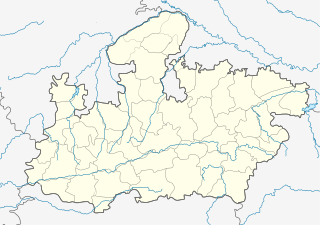
Badagaon Dhasan is a town and a Nagar Parishad in Tikamgarh district in the state of Madhya Pradesh, India.

Barwadih is a Block present in Latehar district of Jharkhand state in India.

Belda is a town and headquarter of Narayangarh Block under Kharagpur subdivision of Paschim Medinipur district in West Bengal, India. It is a rapidly growing town both business and population wise after being declared a Municipality in 2014 by the government. It is located approximately 35 km south of Kharagpur town, 50 km from district headquarter Midnapore and 165 km from the state capital city Kolkata/Calcutta. NH 60 and SH 5 cross at Belda. It is also well connected by railways and also known as 'The Gateway to Odisha'. Thus, Belda plays an important role in connecting eastern India with southern India. Due to its easy access from different parts, it is a good business center.

Kunda is a community development block that forms an administrative division in Chatra subdivision of Chatra district, Jharkhand state, India.

Pratappur is a community development block that forms an administrative division in Chatra subdivision of Chatra district, Jharkhand state, India.

Simaria is a community development block that forms an administrative division in Simaria subdivision of Chatra district, Jharkhand state, India.

Kanhachatti is a community development block that forms an administrative division in Chatra subdivision of Chatra district, Jharkhand state, India.

Mayurhand is a community development block that forms an administrative division in Chatra subdivision of Chatra district, Jharkhand state, India.

Itkhori is a community development block that forms an administrative division in Chatra subdivision of Chatra district, Jharkhand state, India.

Lawalong is a community development block that forms an administrative division in Simaria subdivision of Chatra district, Jharkhand state, India.

Bishnugarh, also known as Bishungarh, is a community development block that forms an administrative division in the Hazaribagh Sadar subdivision of Hazaribagh district in the Indian state of Jharkhand.

Jamua is a community development block that forms an administrative division in Khori Mahuwa subdivision of Giridih district in the Indian state of Jharkhand.

Chatra is a community development block that forms an administrative division in Chatra district in the Indian state of Jharkhand.

Shaligram Ramnarayanpur (Hunterganj) is a community development block that forms an administrative division in Chatra subdivision of Chatra district in the Indian state of Jharkhand.

Koderma is a community development block that forms an administrative division of Koderma district, Jharkhand state, India.



